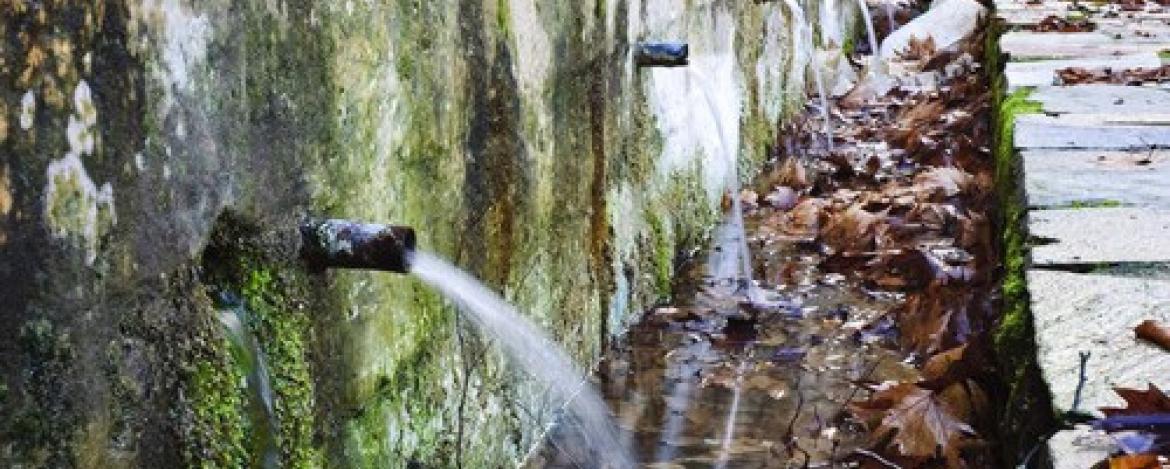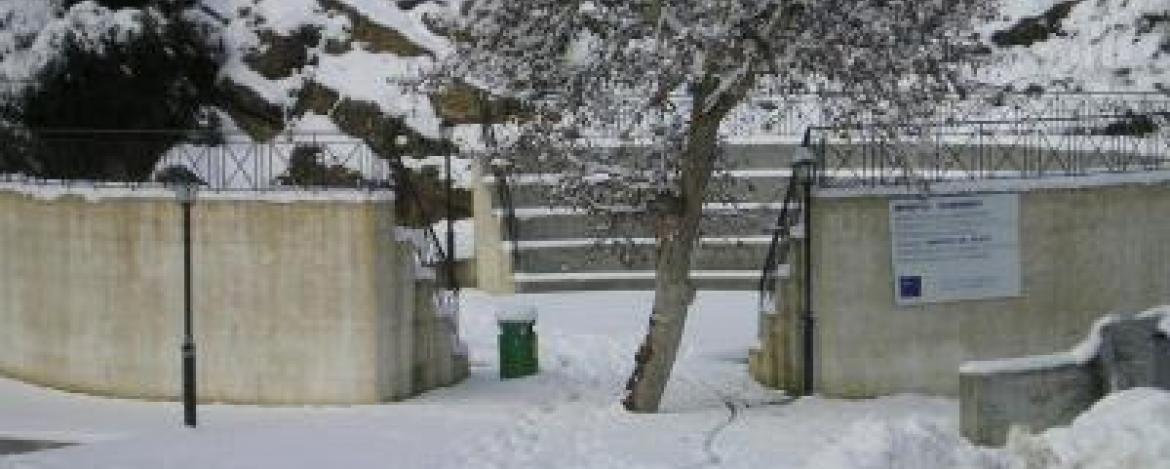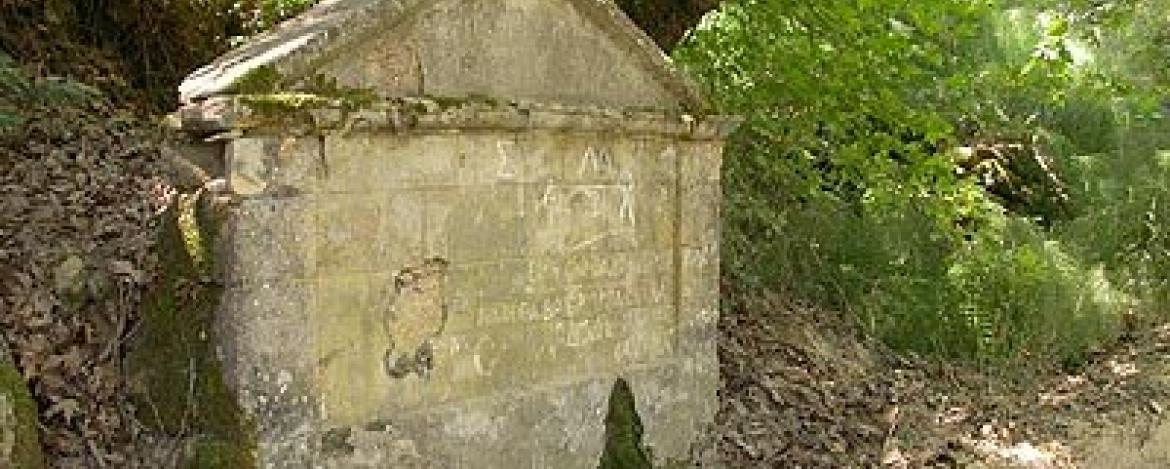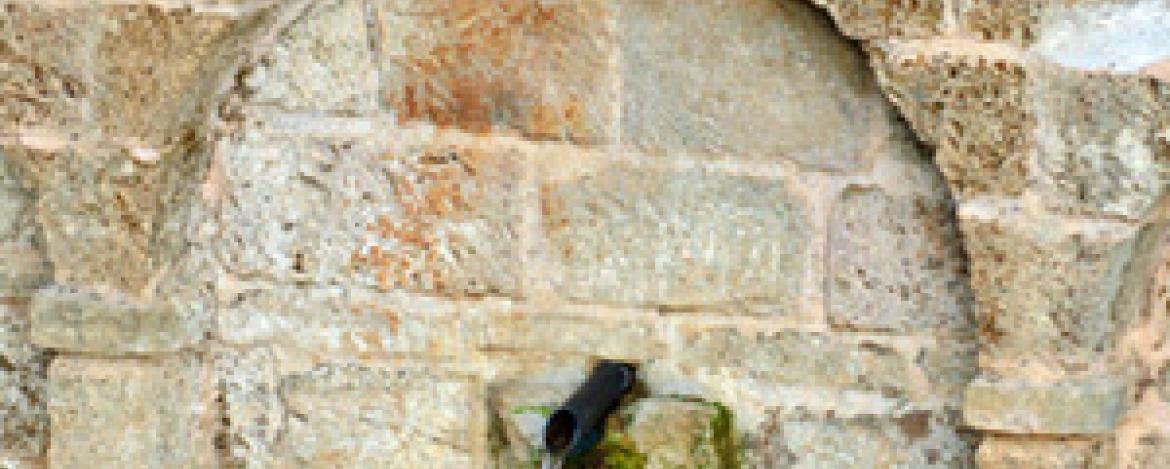he village has its name from the traditional fountains and the cold water spreading from the ancient sources of the Elisson river. The village is constructed in the shape of an amphitheatre and has three traditional fountains and an old flavor mill that has been destroyed from a fire during the 80's.
The two Fountains situated in the centre of the village have been essential for the population, that for centuries has been able to stock up on water and to wash their clothes.
The Upper Fountain, the one situated in the middle of the village, centra lly positioned, keeps on refreshing the villagers and many visitors as well, coming from the coastal zone of t he Corinthia, taking water for domestic use. the fountain was renovated in the frame of a European rural development and eco-tourism programme, creating a pleasant space of refreshment and cultural creation, with the open amphitheatre and the small park.
The amphitheatre of Kryoneri has a capacity of 300 places and was constructed in 2001 in order to meet the need of cultural initiative from the local population and from other institutions. It is the greatest amphitheatre in the district of Sikyon and every summer, it hosts cultural events, such as theater performances, cinema festival for children and youth, music concerts, etc.
The Upper Fountain and the Lower Fountain are linked to thre Elisson river, which played a crucial role for centuries, covering the needs of the inhabitants.
The Lower Fountain was abandoned in the 60's because of landslides. The old path, leading to the Lower Fountain, down to the river, has been restructured thanks to a European pilot youth project, lasted eight years (1999-2006), a unique project of this kind in Greece.
The “European Voluntary Service” was part of the programme developed in the years 1999 - 2004 with the collaboration of the Youth Support Organisation “Filoxenia” and the young people of Kryoneri, and with the aid of the Corinthian County Government. The volunteers have brought back to the light the path, collaborating with the masons for the reconstruction of the stone wall and of the uneven path. The City of Sikyon later included the plan in the European Rural Development Initiative LEADER+, continuing the paving and the restructuring of the fountains (2004 - 2006). The aim of this public participation was the intensification of tourism in the region representing a reward to the many efforts of the previous decade for increasing the alternative development of the region.
The main objective was to explore the region under the eco-touristic point of view, based on hiking or riding a bicycle, to get to know better the region. This job is considered very important since connects the job of voluntary service and the social work of the young people with the offer of the local development and the will to maintain the cultural inheritance thanks to the astronomical observatory, the monastery of Lechova, the flour mills. The organization of support and hospitality in collaboration with the forest inspectorate of the Corinthia have undertaken the configuration of the forest path that follows the course of the Elisson river, that constitutes the natural extension of that path and connects the two fountains with the old bridge and the flour mill.
The stone fountain, the old bridge and the ancient flour mill constitutes an architectural complex of great beauty, surrounded by Elisson river and the beautiful natural landscape. These works were all built between the XVIII and XIX century and are connected to the village through the path of the river.
The fountain of Pirona, built in the year 2000 by the municipality of Sykion, uses a new kind of stone in harmony with the ancient one and with the environment; we find it on the road from Kiato to Nemea (wine road) that crosses the one leading to the monastery of Lechova, approximately at 500 meters from Kryoneri.





